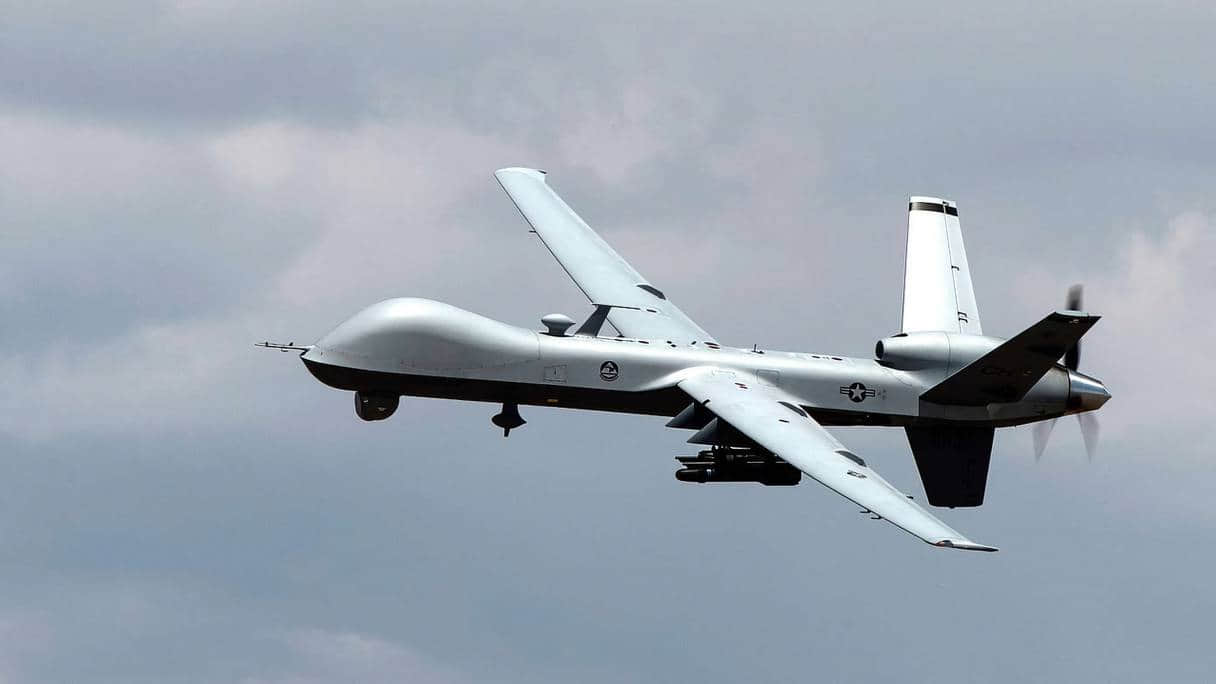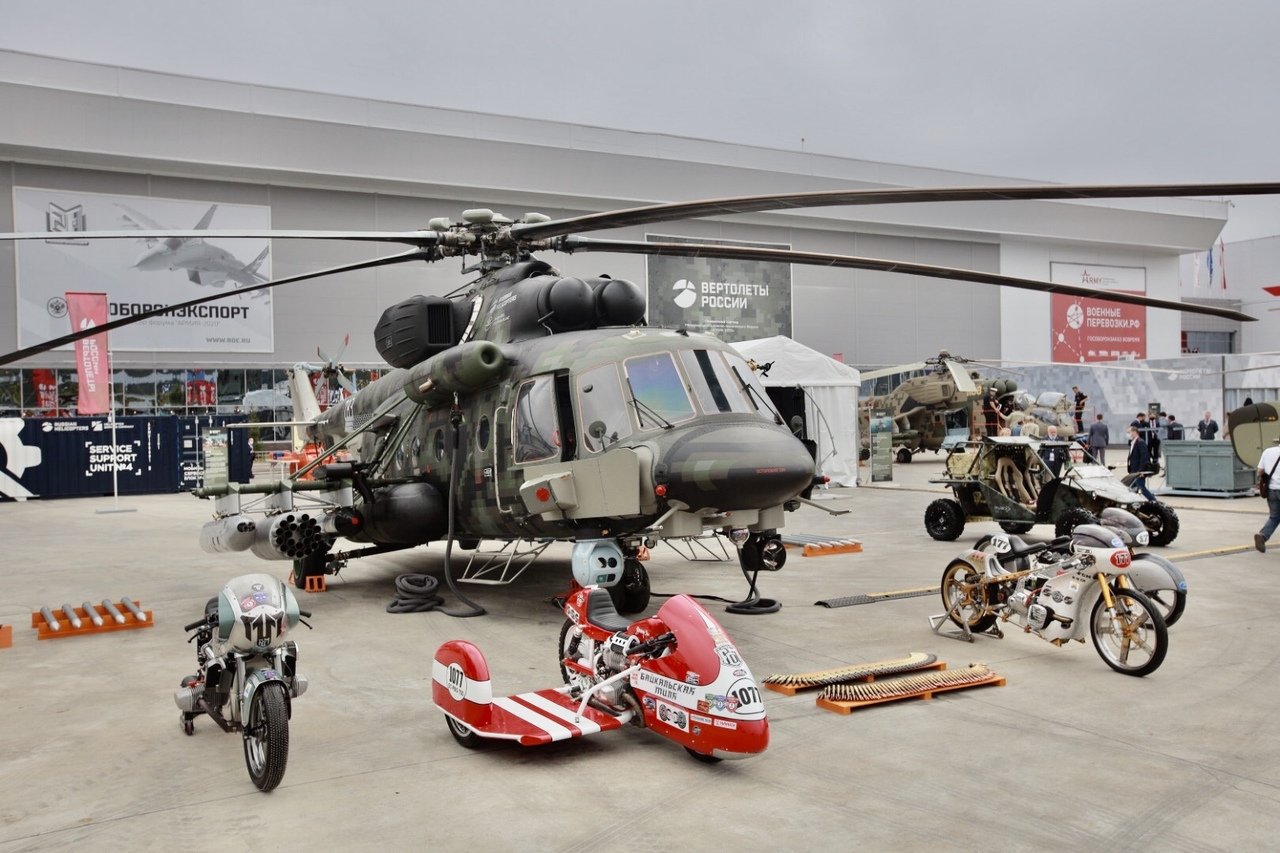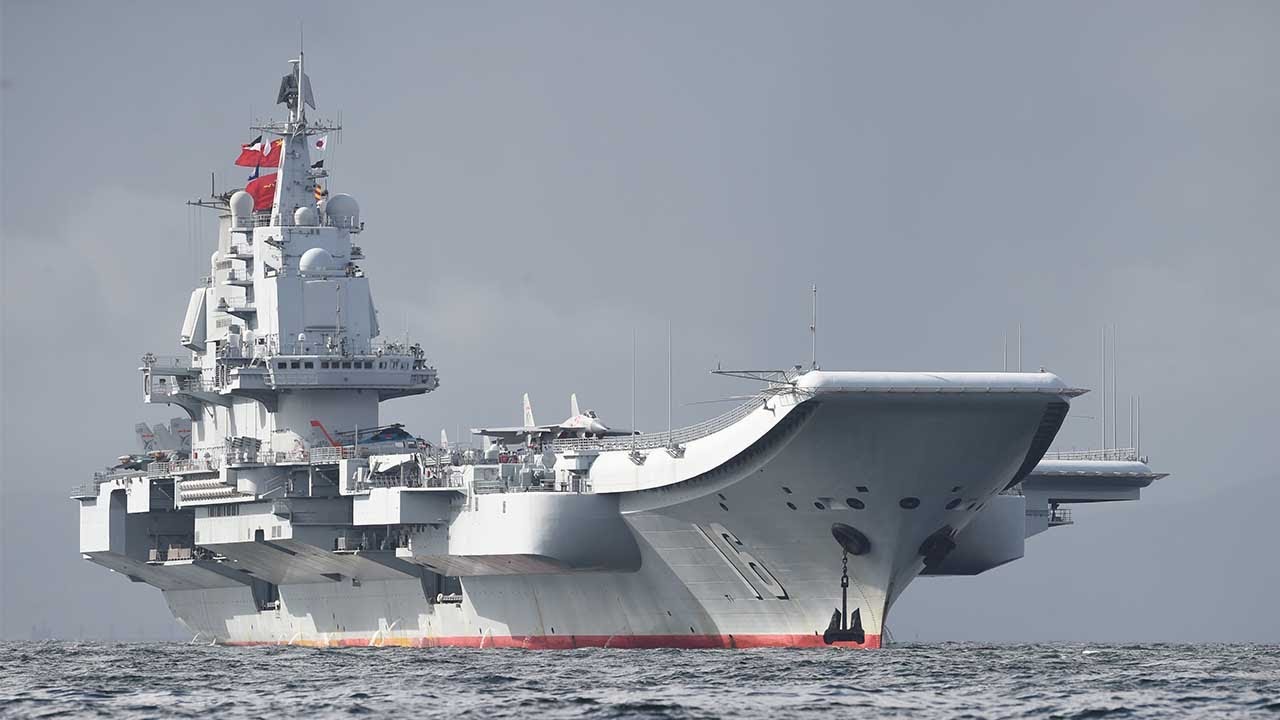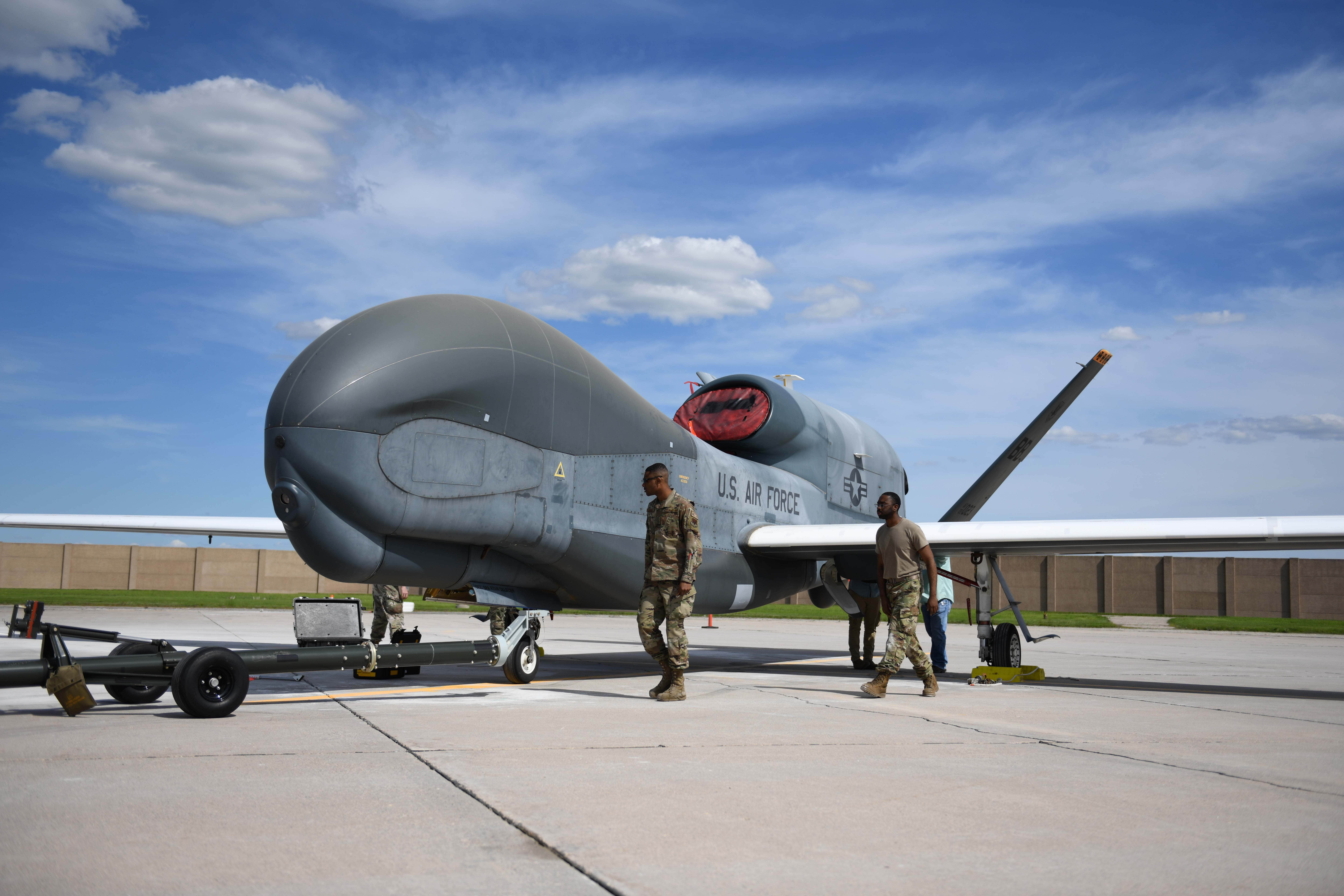In a defense review plan aimed at enhancing the use of unmanned aircraft armed with missiles and bombs, the RAF is set to retire 114 aircraft, including some frontline Typhoon fighters.

The United Kingdom’s Royal Air Force (RAF) has announced plans to retire over 100 aircraft as part of a strategic shift towards advanced unmanned combat aerial vehicles (UCAVs). According to RAF officials, the plan aims to phase out older airframes and prioritize emerging technologies suited for future warfare.

Under the proposal, the RAF will accelerate retirements of several key aircraft, including its fleet of Tranche 1 Eurofighter Typhoon fighters. The frontline multi-role Typhoons are capable manned aircraft, but lack the advanced sensors and weapons needed to coordinate with semi-autonomous drone swarms. Other aircraft on the cut list include the RAF’s remaining Hercules transport planes, and potentially its E-3D Sentry fleet.

In their place, the RAF intends to procure a mix of next-generation unmanned combat vehicles, including the indigenous Tempest future fighter and multipurpose drones like the Protector. Integrating artificial intelligence-enabled UCAVs with cutting-edge manned aircraft will allow the RAF to develop new force multiplier tactics. Swarms of low-cost drones coupled with advanced missile technology could overwhelm enemy defenses.

Critics argue the plan trades away too much manned airpower before unmanned systems are proven. But RAF leaders insist the restructuring is essential to dominate the battlefields of the future. The proliferation of long-range precision weapons demands distributed, stand-off capabilities that autonomous aircraft are uniquely suited for. As military technology evolves, the RAF believes it must fully commit to leading that transformation.





